Blog
Explore the Power of Lithium Innovation
Stay updated with the latest trends, technologies, and application insights in the world of lithium battery solutions
Search the whole station
Explore the Power of Lithium Innovation
Stay updated with the latest trends, technologies, and application insights in the world of lithium battery solutions
If you’ve ever dabbled in electric cars, solar setups, or even portable gadgets, chances are you’ve heard of LiFePO4 batteries. They’re everywhere these days, but what exactly are they, and why are they becoming so popular?
A LiFePO4 battery is just a type of lithium-ion battery that uses lithium iron phosphate for its positive electrode. Its structure, called olivine, gives it some really useful properties.
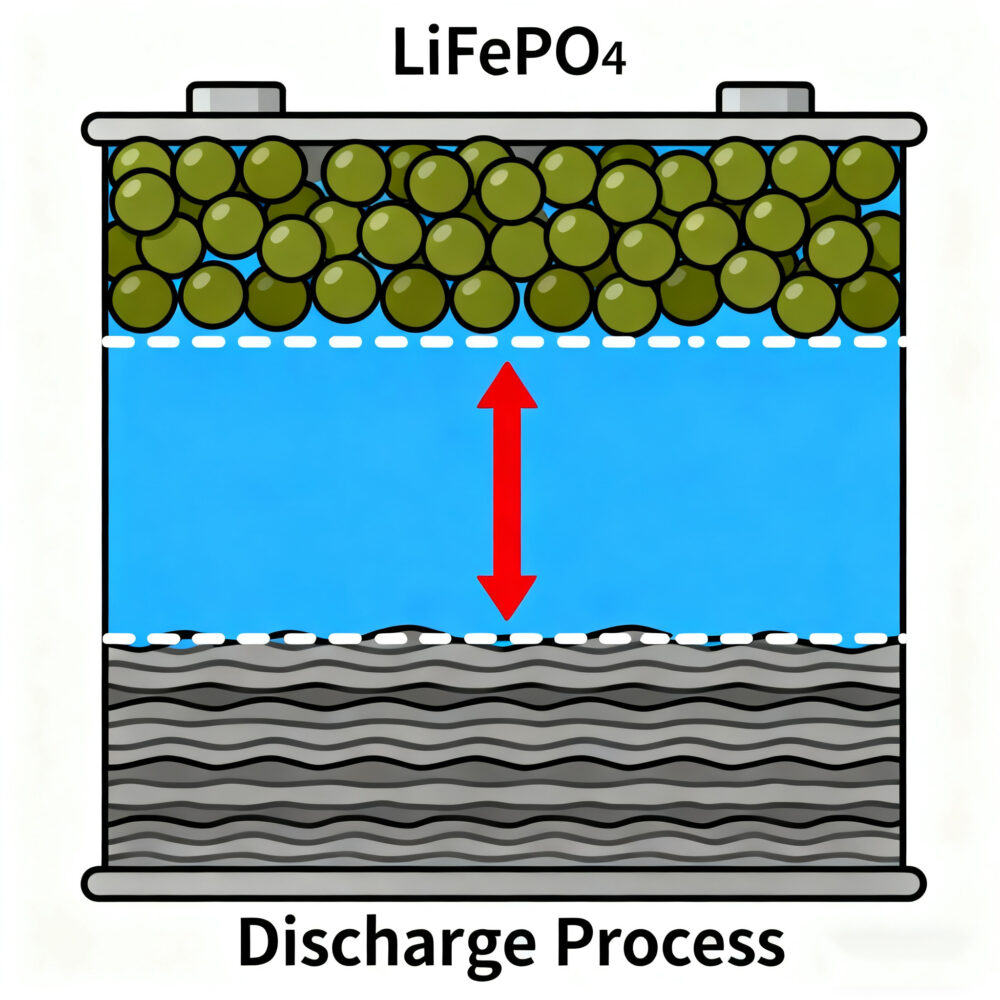
Each cell has a nominal voltage of 3.2V and works efficiently between 3.0V and 3.3V. One of the coolest things? These batteries last a long time—we’re talking over 2,000 charge-discharge cycles. That’s way more than a lead-acid battery, and even longer than most other lithium-ion types.
Here’s why these batteries are gaining so much traction:
LiFePO4 batteries are being used in a bunch of places:
Let’s put it side by side:
| Feature | LiFePO4 | Other Lithium | Lead-Acid |
|---|---|---|---|
| Cycle Life | 3,000+ cycles | ~1,000 cycles | 300–500 |
| Safety | High | Medium | Low |
| Energy Density | Moderate (90–160 Wh/kg) | High | Low |
| Fast Charging | Excellent | Medium | Poor |
| Environmental | Very good | Average | Average |
| Cost | Medium | High | Low |
The trade-off is energy density. LiFePO4 batteries are a bit heavier and larger than other lithium types for the same amount of energy. But when you consider safety and lifespan, they more than make up for it.
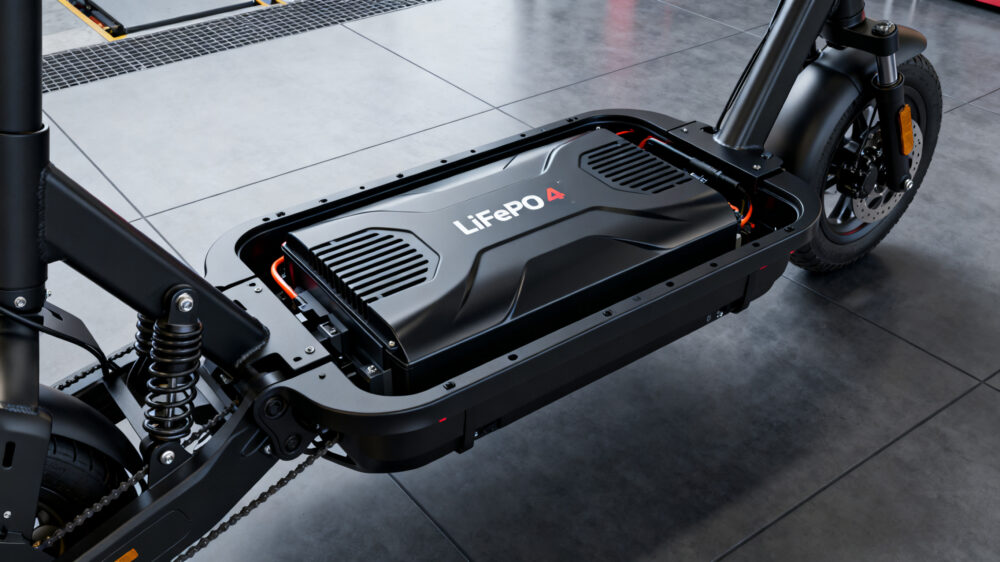
Inside a LiFePO4 battery you’ll find:
Here’s the simple idea: when charging, lithium ions move from the positive electrode to the negative. When discharging, the ions flow back, releasing energy. It’s straightforward chemistry, but it works reliably.
LiFePO4 batteries aren’t perfect—they’re slightly heavier and cost more upfront. But if safety, long life, and being eco-friendly matter to you, these batteries are tough to beat. In the long run, the benefits usually outweigh the initial cost.
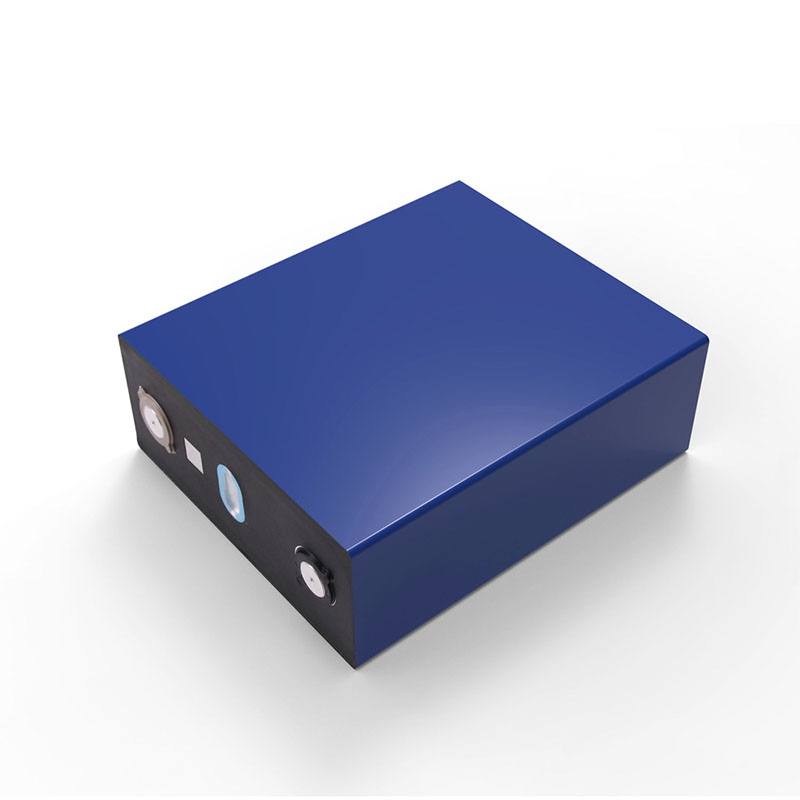
wholesale 3.2V 280Ah LiFePO4 lithium iron phosphate battery cells by Apsen Technology. Durable prismatic design with explosion-proof valve, ideal for EVs, solar storage, and industrial applications.
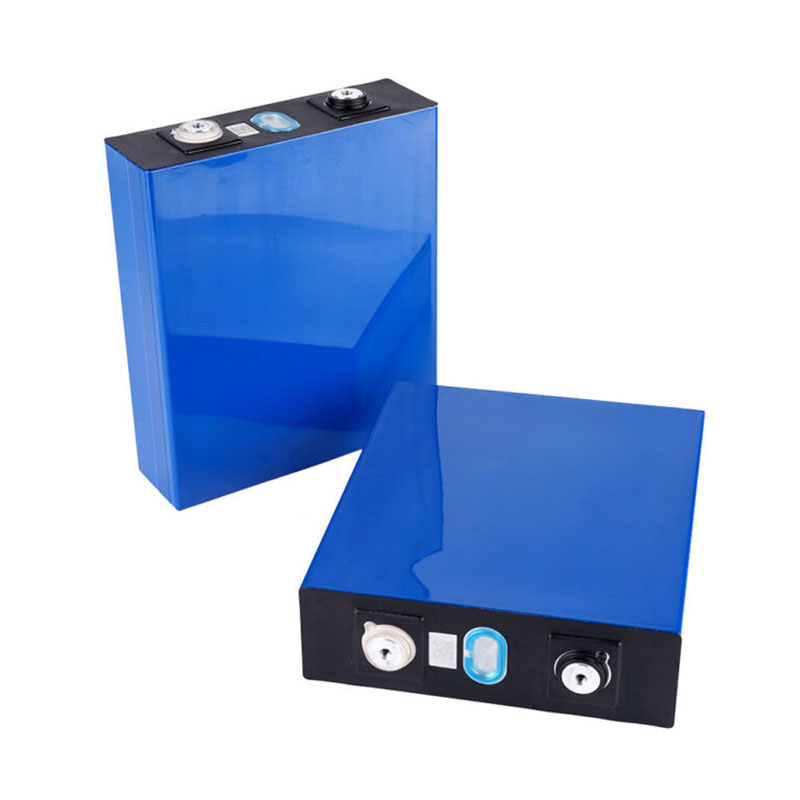
Buy wholesale 3.2V 80Ah LiFePO4 lithium iron phosphate battery cells by Apsen Technology. Safe, long-lasting prismatic cells ideal for electric vehicles, renewable energy storage, backup power, and industrial equipment.
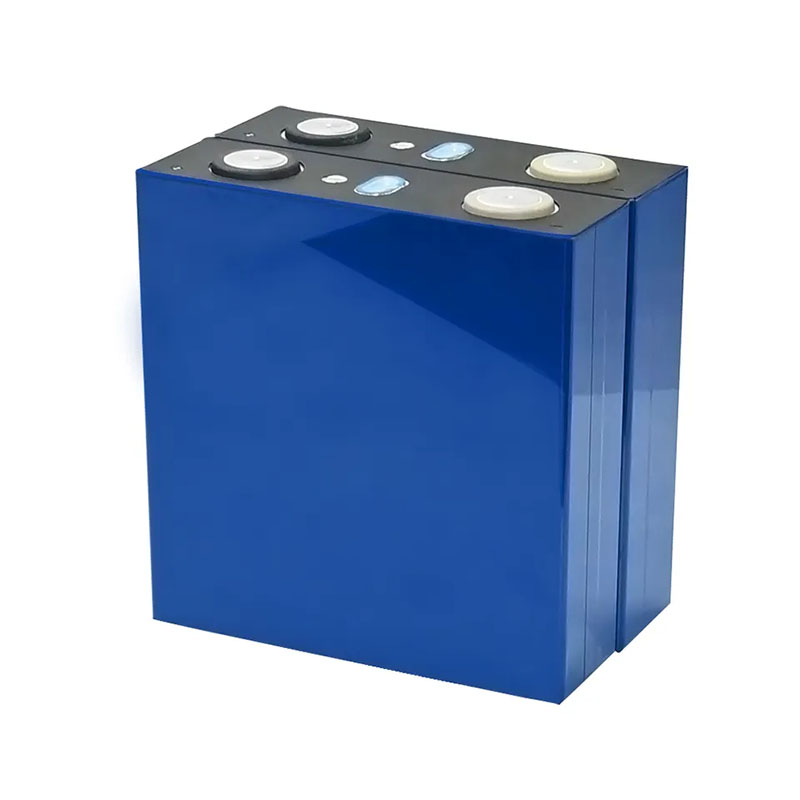
wholesale 3.2V 160Ah LiFePO4 battery cells by Apsen Technology. Durable, safe, and long-lasting lithium iron phosphate cells with low internal resistance, ideal for electric vehicles, solar energy storage, and home backup power systems.
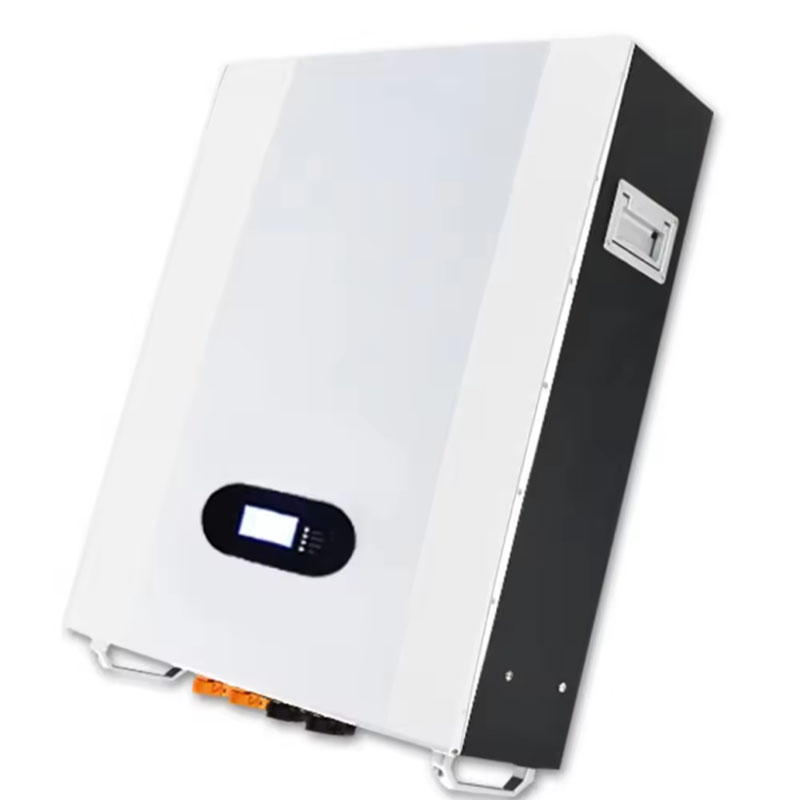
Wholesale 10KWh Power Wall from Apsen Technology — a reliable, high-capacity 48V 200Ah lithium iron phosphate battery with over 6000 cycles. Perfect for home solar storage, communication base stations, and energy backup. Customizable, safe, and efficient.
Discover the 18650 battery 10S2P configuration, its applications, advantages, assembly process, and maintenance tips for safe, high-performance energy solutions.
View detailsUnderstand why electric bicycle batteries are not suitable for electric scooters. Explore differences in capacity, voltage, design, range, and safety to ensure proper battery use.
View detailsLearn about the main types of UAV batteries — from LiPo and Li-ion to LiFePO4. Understand how each impacts flight time, endurance, and safety in real drone applications.
View detailsExplore how China emerged as a global leader in lithium batteries, from late entry to dominating supply chains, market share, and technological innovation, surpassing Japan and South Korea.
View details
HelloPlease log in